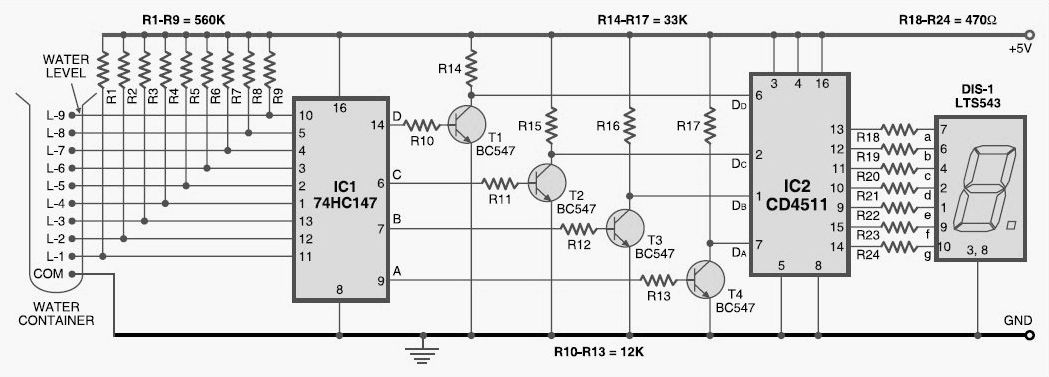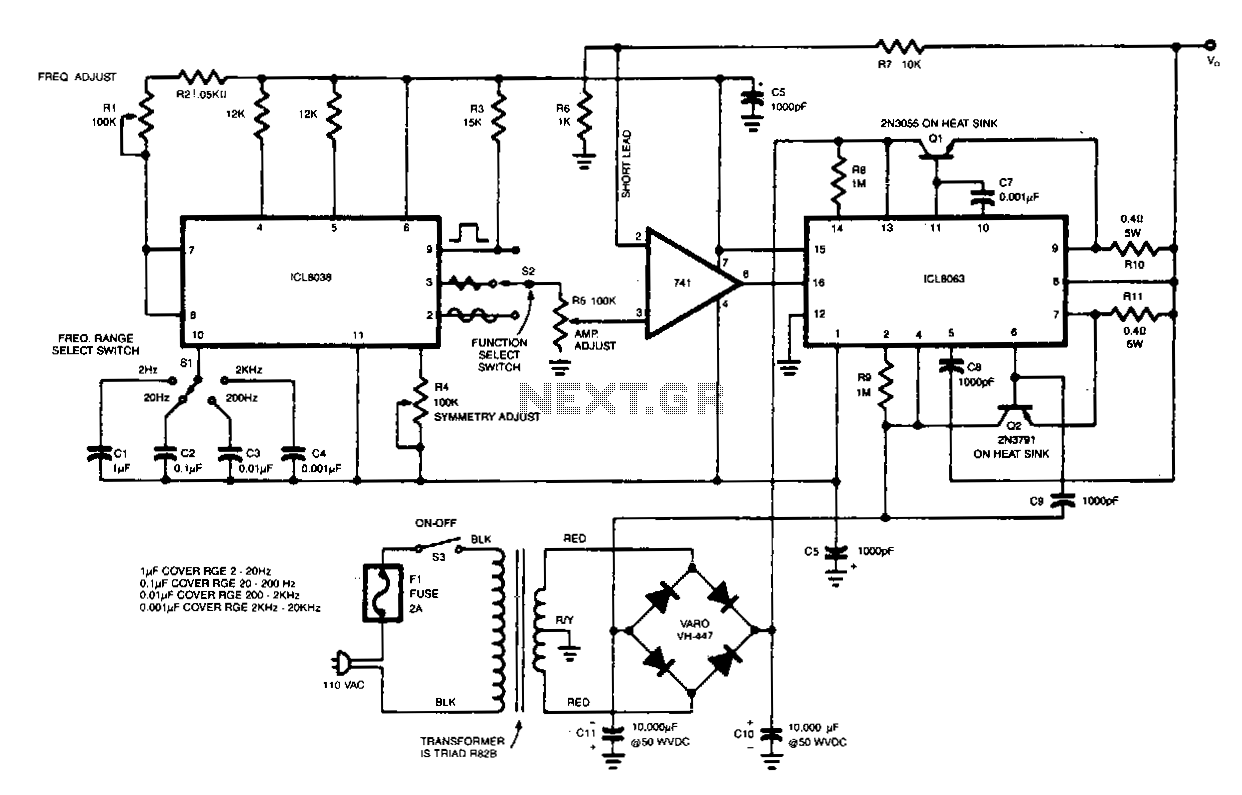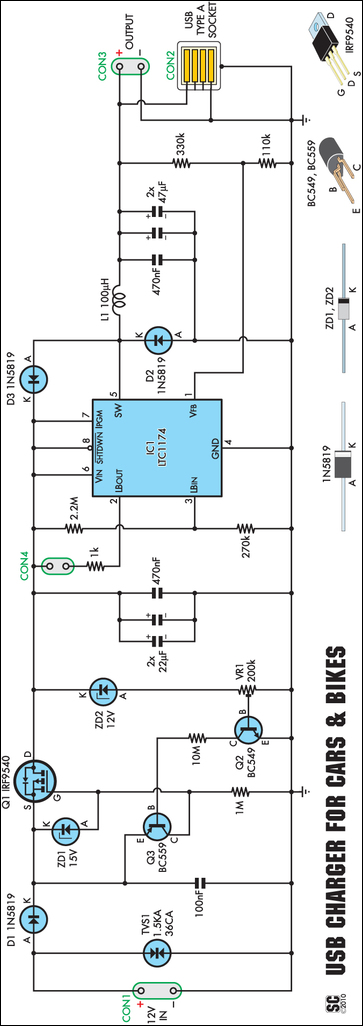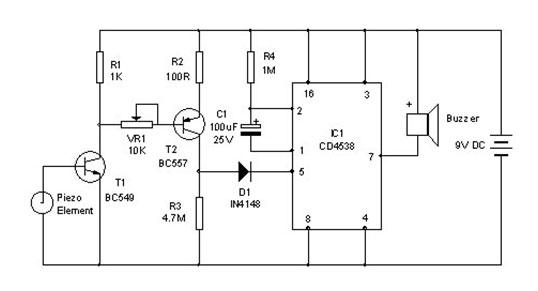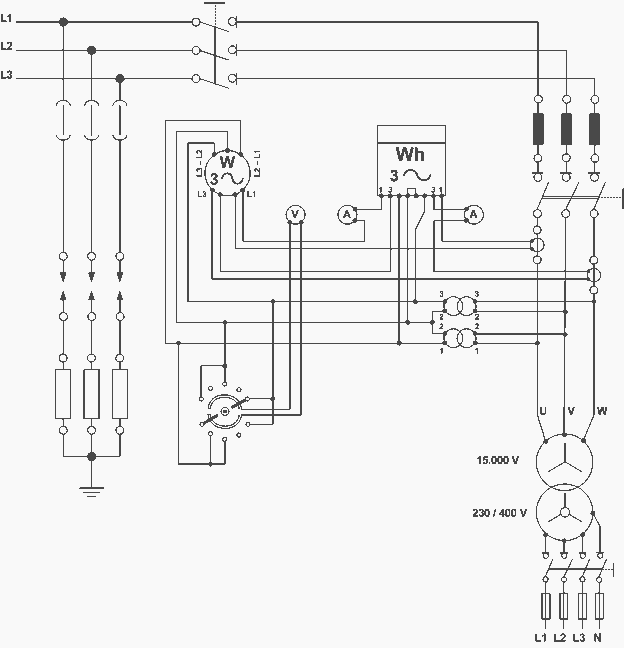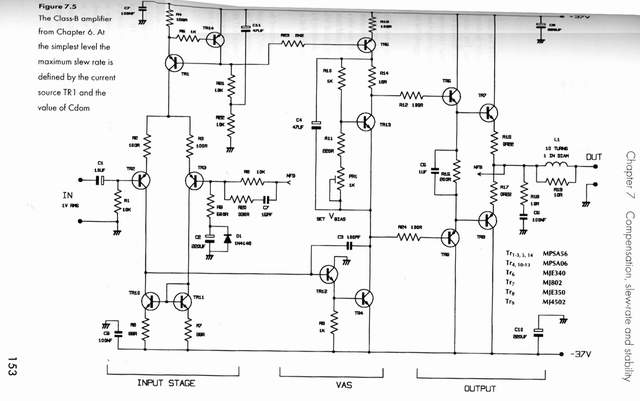
Complete Ar/Kr Ion Laser Power Supply Schematics
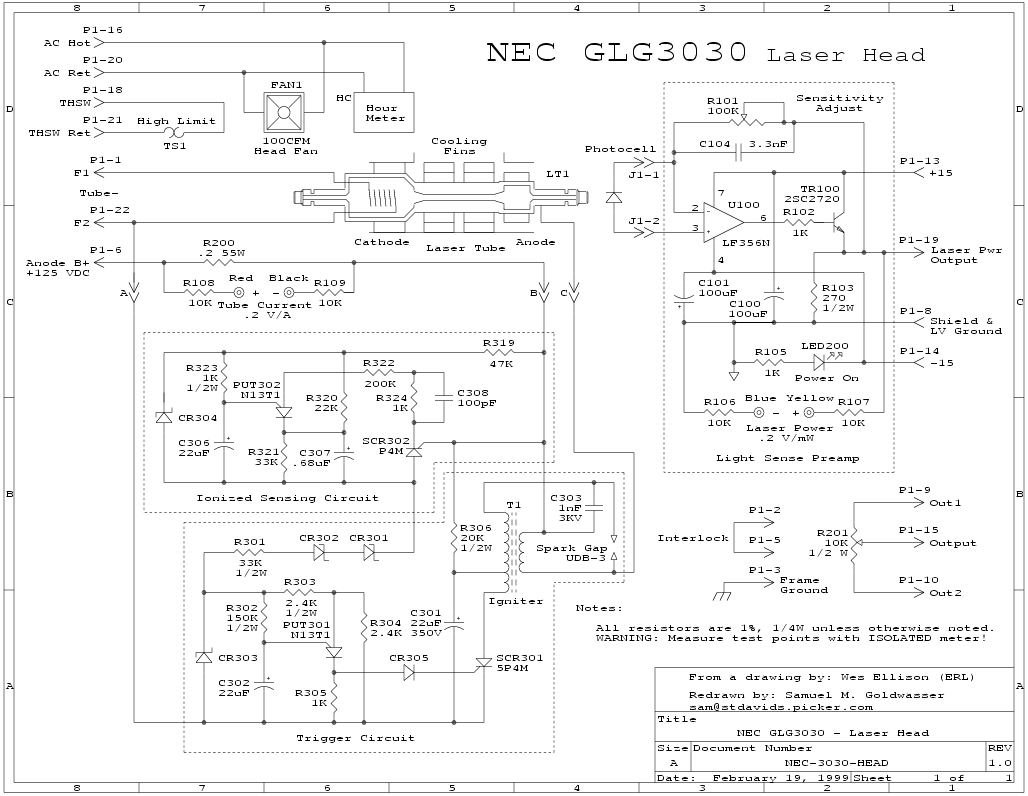
The circuit is divided into two sections: the isolated external loop connected to the remote interface connector on the front of the power supply unit (PSU) and the non-isolated inner loop connected to the high-tension (AC line) supply. The two loops are interconnected by opto-couplers OK1 and OK2. Initially, the outer loop is inactive, and all regulation occurs within the inner loop, which remains the case when the power supply is in standby mode via the remote connector. Resistor R47 is in series with the anode of the laser tube, and when current flows, the current mirror formed by transistors Q1 to Q5 generates a voltage across the 100-ohm resistor R51, approximately 130 mV/A of tube current. This monitoring signal is fed into IC3d, which drives opto-coupler OK2, transferring the current signal into the isolated outer loop. The current signal is also input into the feedback amplifier, consisting of IC3c, IC3a, and associated components. This amplifier has a flat frequency response from 0 to 1 Hz, rolls off by 3 dB at 10 Hz, and maintains a flat response up to 10 kHz, where it then rolls off at 3 dB/octave. Diode D8 is included to clip the signal in case of fast transients in the current signal. Without the diode, the tube and power supply become unstable above 8 A. IC3a is AC coupled and feeds the noise component of the tube current back to the first amplifying stage through R28, which adjusts noise control. Resistor R27 sets the standby current to a nominal 4 A, while R26 controls the gain of the circuit during regulation on the outer loop. Initially, OK1 is switched off, causing the top of R26 to be approximately 0 V; thus, the feedback amplifier output relies solely on the settings of R27 and the tube current signal. The feedback signal output from IC3c feeds into one of the error amplifiers in IC4, a TL494 switch-mode power supply (SMPS) controller. The outputs of IC4 are connected in parallel, driving IC5, a DS0026 MOS inverter/driver that operates MOSFETs Q6 to Q8. Consequently, IC4 operates in an unusual inverted mode where the switching FETs conduct when the output of IC4 is off, allowing the feedback signal to enter the non-inverting input of the error amplifier. The internal oscillator of IC4 operates at 100 kHz, determined by R54 and C18. Since the output control pin is grounded, the PWM output from the device is also at 100 kHz. It is noteworthy that the ground of IC4 is connected to the -15 VDC power rail rather than 0 V. Therefore, the operational region for regulation occurs when pin 16 is between -11.5 V and -14.5 V. When the voltage at this pin is more negative than -11.5 V, the outputs of IC4 turn off, causing the FETs to switch on and deliver maximum current through the tube, limited only by the internal resistance of the high-tension supply circuit, the Rds of the FETs, the two current sense resistors (one located in the laser head), and the resistance of the cabling. Prior to tube ignition, the inverting input of IC3c is negative relative to the non-inverting input, with the actual voltage depending on the setting of R27. IC3c operates in open loop at DC, causing the output to swing to the +15 VDC rail, which turns on the switching FETs and protects them from stray transients from the igniter circuit and high di/dt waveforms through the inductors. When the tube strikes, the current rapidly rises to approximately 25 A and then slightly drops to about 18 A. Consequently, the current monitor signal reaches around +2.3 V, and the inverting input of IC3c becomes positive relative to the non-inverting input, leading to a decrease in the output of IC3c towards the -15 VDC rail at a rate primarily determined by C8, as D8 is now conducting and damping the response of IC3c. When the voltage reaches -11.5 V, the SMPS begins to regulate, and the tube current decreases until the inverting input of IC3c reaches 0 V, signifying that the PSU is now in closed-loop control at the standby current. The current monitor signal, isolated by OK2, is transmitted accordingly.
The circuit operates in a highly integrated manner, ensuring efficient control of the laser tube current through a feedback mechanism. The use of opto-couplers for isolation between the outer and inner loops enhances safety and stability, particularly in high-voltage applications. The feedback amplifier's design allows for precise regulation of the tube current, with the frequency response tailored to effectively manage transient conditions and noise. The incorporation of a clipping diode serves as a protective measure, preventing instability during high current conditions. The unique operational characteristics of the TL494 controller, functioning in an inverted mode, facilitate effective power management while maintaining high efficiency. Overall, this design exemplifies a robust approach to managing laser tube currents in power supply applications, ensuring reliable performance across varying operational states.The circuit is split into two sections: the isolated external loop which is connected to the remote interface connector on the front of the PSU and the non-isolated inner loop which is connected to the HT (AC line) supply. The two loops are linked by opto-couplers OK1 and OK2. Initially the outer loop is inactive and all regulation takes place wit hin the inner loop, this is also the case when the power supply is set to standby mode via the remote connector. R47 is in series with the anode of the laser tube, when current flows, the current mirror consisting of Q1 to Q5 produces a voltage across 100 ohm resistor R51, this is approximately 130 mV/A of tube current.
This monitor signal is fed into IC3d which then drives opto-coupler OK2 which feeds the current signal into the isolated outer loop. The current signal is also fed into the feedback amplifier consisting of IC3c, IC3a and associated components.
This amplifier has a flat frequency response between 0 and 1 Hz, and then rolls off by 3dB to 10 Hz and is flat again to 10 kHz where it then rolls off at 3dB/octave. Diode D8 appears to be present to clip the signal should fast transients appear in the current signal.
Without the diode installed, the tube and power supply become unstable above 8 A (more on this later). IC3a is AC coupled and feeds the noise component of the tube current back to the first amplifying stage via R28, the noise control adjustment.
R27 sets the standby current to, nominally, 4 A. R26 controls the gain of the circuit when regulating on the outer loop. OK1 is initially switched off so the top of R26 is nominally 0V therefore the feedback amplifier output depends only on the setting of R27 and the tube current signal. The feedback signal output from IC3c feeds into one of the error amps in IC4, a TL494 SMPS controller; IC4`s outputs are in parallel and drive IC5, a DS0026 MOS inverter/driver which, in turn, drives the MOSFETs Q6 to Q8.
As a result, IC4 is operated in an unusual inverted mode whereby the switching FETs are conducting when the output of IC4 is off, so the feedback signal goes into the non-inverting input of the error amp. The internal oscillator of IC4 runs at 100 kHz, determined by R54 and C18. And because the output control pin is grounded, the PWM output from the device is also at 100 kHz. Note that the ground of IC4 is connected to the -15 VDC power rail not 0 V. This means that the operating region for regulation is when pin 16 is between -11. 5 V and -14. 5 V. When the voltage here is more negative than -11. 5 V, the outputs of IC4 switch off causing the FETs to switch on and thus send maximum current through the tube; this current is limited only by the internal resistance of the HT supply circuit, the Rds of the FETs, the 2 current sense resistors (1 in the laser head) and the cabling resistance.
Prior to tube ignition, IC3c`s inverting input is negative with respect to the non-inverting input. The actual voltage depending on the setting of R27. IC3c runs open loop at DC so the output swings to the +15 VDC rail therefore causing the switching FETs to be turned on. This protects the FETs from any stray transients from the igniter circuit and the high di/dt waveform through the inductors.
When the tube strikes, the current very rapidly rises to around 25 A, then falls slightly to about 18 A. As a result, the current monitor signal is at around +2. 3 V and IC3c`s inverting input now becomes positive with respect to the non-inverting input, therefore the output of IC3c starts to fall to the -15 VDC rail at a rate largely determined by C8 as D8 is now conducting and damping the response of IC3c (see starting problem below); when the voltage reaches -11.
5 V the SMPS starts to regulate and the tube current reduces until the inverting input of IC3c reaches 0 V, the PSU is now in closed loop control at the standby current. The current monitor signal, isolated by OK2, feeds 🔗 External reference
The circuit operates in a highly integrated manner, ensuring efficient control of the laser tube current through a feedback mechanism. The use of opto-couplers for isolation between the outer and inner loops enhances safety and stability, particularly in high-voltage applications. The feedback amplifier's design allows for precise regulation of the tube current, with the frequency response tailored to effectively manage transient conditions and noise. The incorporation of a clipping diode serves as a protective measure, preventing instability during high current conditions. The unique operational characteristics of the TL494 controller, functioning in an inverted mode, facilitate effective power management while maintaining high efficiency. Overall, this design exemplifies a robust approach to managing laser tube currents in power supply applications, ensuring reliable performance across varying operational states.The circuit is split into two sections: the isolated external loop which is connected to the remote interface connector on the front of the PSU and the non-isolated inner loop which is connected to the HT (AC line) supply. The two loops are linked by opto-couplers OK1 and OK2. Initially the outer loop is inactive and all regulation takes place wit hin the inner loop, this is also the case when the power supply is set to standby mode via the remote connector. R47 is in series with the anode of the laser tube, when current flows, the current mirror consisting of Q1 to Q5 produces a voltage across 100 ohm resistor R51, this is approximately 130 mV/A of tube current.
This monitor signal is fed into IC3d which then drives opto-coupler OK2 which feeds the current signal into the isolated outer loop. The current signal is also fed into the feedback amplifier consisting of IC3c, IC3a and associated components.
This amplifier has a flat frequency response between 0 and 1 Hz, and then rolls off by 3dB to 10 Hz and is flat again to 10 kHz where it then rolls off at 3dB/octave. Diode D8 appears to be present to clip the signal should fast transients appear in the current signal.
Without the diode installed, the tube and power supply become unstable above 8 A (more on this later). IC3a is AC coupled and feeds the noise component of the tube current back to the first amplifying stage via R28, the noise control adjustment.
R27 sets the standby current to, nominally, 4 A. R26 controls the gain of the circuit when regulating on the outer loop. OK1 is initially switched off so the top of R26 is nominally 0V therefore the feedback amplifier output depends only on the setting of R27 and the tube current signal. The feedback signal output from IC3c feeds into one of the error amps in IC4, a TL494 SMPS controller; IC4`s outputs are in parallel and drive IC5, a DS0026 MOS inverter/driver which, in turn, drives the MOSFETs Q6 to Q8.
As a result, IC4 is operated in an unusual inverted mode whereby the switching FETs are conducting when the output of IC4 is off, so the feedback signal goes into the non-inverting input of the error amp. The internal oscillator of IC4 runs at 100 kHz, determined by R54 and C18. And because the output control pin is grounded, the PWM output from the device is also at 100 kHz. Note that the ground of IC4 is connected to the -15 VDC power rail not 0 V. This means that the operating region for regulation is when pin 16 is between -11. 5 V and -14. 5 V. When the voltage here is more negative than -11. 5 V, the outputs of IC4 switch off causing the FETs to switch on and thus send maximum current through the tube; this current is limited only by the internal resistance of the HT supply circuit, the Rds of the FETs, the 2 current sense resistors (1 in the laser head) and the cabling resistance.
Prior to tube ignition, IC3c`s inverting input is negative with respect to the non-inverting input. The actual voltage depending on the setting of R27. IC3c runs open loop at DC so the output swings to the +15 VDC rail therefore causing the switching FETs to be turned on. This protects the FETs from any stray transients from the igniter circuit and the high di/dt waveform through the inductors.
When the tube strikes, the current very rapidly rises to around 25 A, then falls slightly to about 18 A. As a result, the current monitor signal is at around +2. 3 V and IC3c`s inverting input now becomes positive with respect to the non-inverting input, therefore the output of IC3c starts to fall to the -15 VDC rail at a rate largely determined by C8 as D8 is now conducting and damping the response of IC3c (see starting problem below); when the voltage reaches -11.
5 V the SMPS starts to regulate and the tube current reduces until the inverting input of IC3c reaches 0 V, the PSU is now in closed loop control at the standby current. The current monitor signal, isolated by OK2, feeds 🔗 External reference
